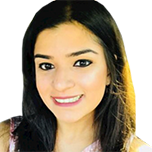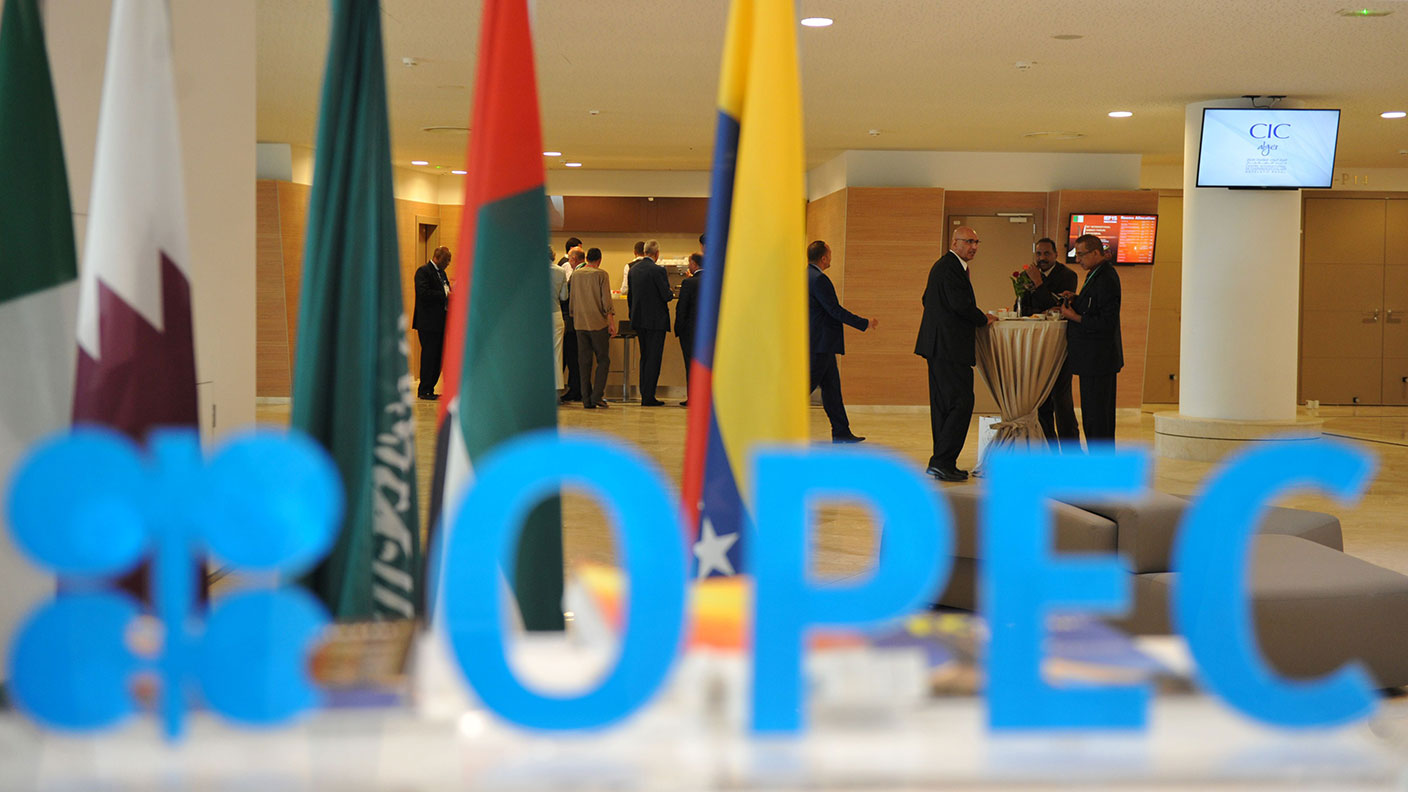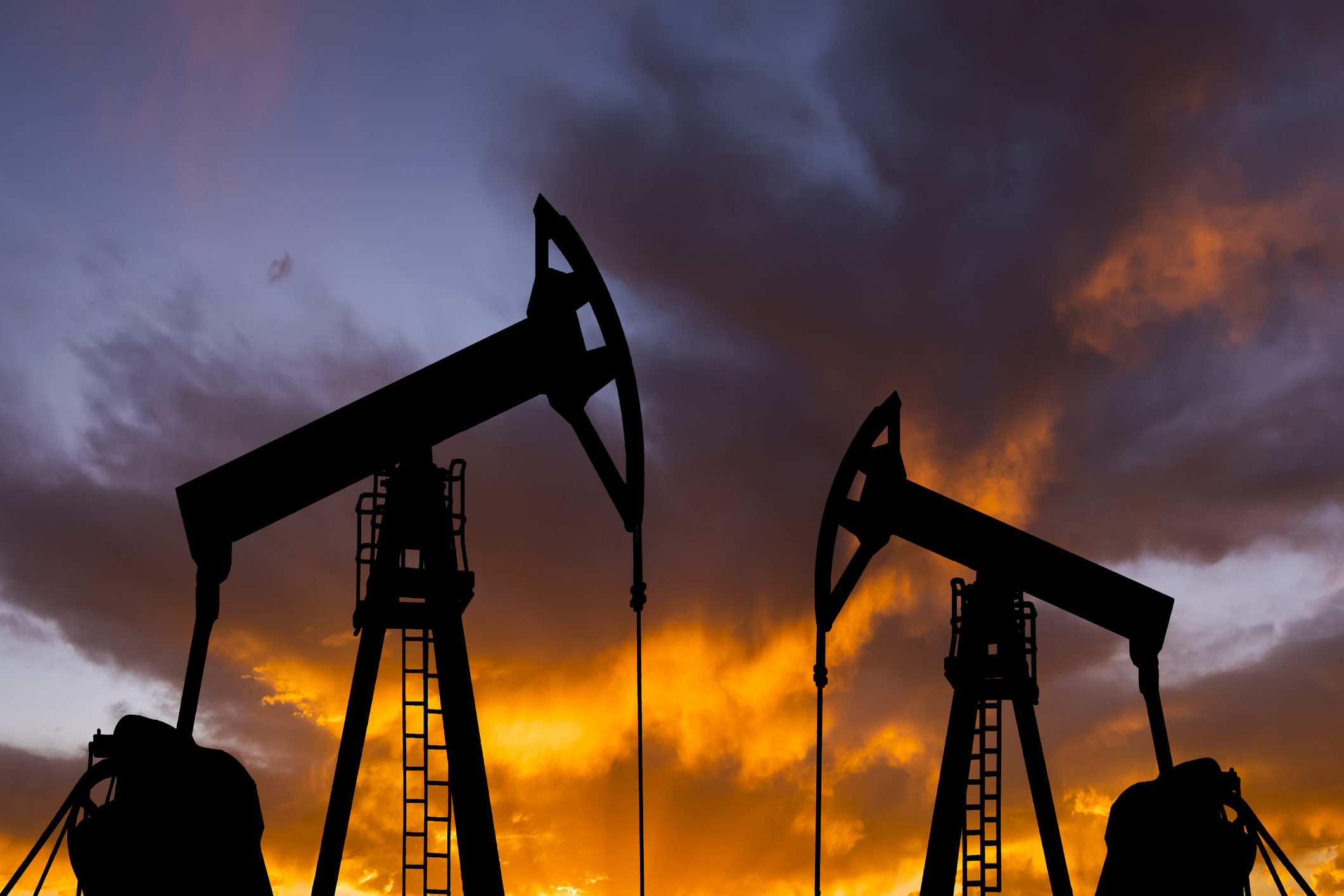What’s driving the oil price volatility, and where could it go next?
The oil price has whipsawed in volatile trading, after Opec delayed a key production meeting. Saloni Sardana looks at what's going on, and where the oil price could go from here.


Oil prices jumped to a seven year high on Tuesday after the Organisation of the Petroleum Exporting Countries (Opec) and non-Opec members delayed a crucial meeting which was meant to determine the future of oil prices in the months ahead.
The price of Brent crude oil jumped to $77.84 on Tuesday morning; the last time it was this high was the end of 2018. Meanwhile US oil prices – West Texas Intermediate – traded at seven-year highs.
Both benchmarks later gave up their gains.
MoneyWeek
Subscribe to MoneyWeek today and get your first six magazine issues absolutely FREE

Sign up to Money Morning
Don't miss the latest investment and personal finances news, market analysis, plus money-saving tips with our free twice-daily newsletter
Don't miss the latest investment and personal finances news, market analysis, plus money-saving tips with our free twice-daily newsletter
So what’s going on? Here is a broad summary of the story so far.
Why is the Opec+ meeting delayed?
The Opec+ meeting scheduled to take place on Monday was delayed after the United Arab Emirates opposed a suggestion to extend production curbs for an additional eight months.
“The 18th Opec and non-Opec ministerial meeting has been called off”, Mohammad Sanusi Barkindo, Opec’s secretary general said in a statement.
As Tom Holland of Gavekal Research says, “members are bickering over how their baselines should be set in future”.
In other words, countries such as the United Arab Emirates argue that baseline production figures – measures used by countries to calculate how much their production should be cut by – must be raised to factor in higher output capabilities, according to the Financial Times.
What are the key sticking points?
UAE stresses its output of 3.2 million barrels per day, in place since April 2020, is too low. It believes the figure should be revised to 3.8 million barrels per day. Other countries insist this is unfair.
Opec+countries were pushing to increase production from 400,000 barrels per day from August to December.
“After days of tense discussions and plenty of infighting between Saudi Arabia and the United Arab Emirates, the group failed to agree to ease output curbs, instead abandoning the meeting,” says Sophie Griffiths, market analyst at OANDA.
Other than production baselines, there are also talks of extending last year’s historic agreement made by Opec and its allies for the whole of 2022 – which the UAE opposes.
The groups, which include some of the world’s richest oil producers, have not set a fresh date to resume talks. This is significant because it means the oil market faces much uncertainty on its future direction just as the market recovers from the Covid pandemic.
What agreement was in place throughout the pandemic?
This raises the question, how did oil markets fare during the pandemic, and what measures were put in place to protect the market from collapse?
Like several other asset classes, oil has seen plenty of volatility and wild price moves over the past several months. Brent crashed from around $65 a barrel last February to just above $22 a barrel last April, meanwhile West Texas Intermediate – the US benchmark– briefly turned negative.
This came despite Opec and its allies reaching a historic output deal last April which led to a production cut of 9.7 million barrels per day.
Oil prices turned jittery last year when Saudi Arabia and Russia engaged in a brutal price war even before the pandemic wreaked havoc in financial markets.
After the Opec+ agreement, most countries maintained a highly unusual level of compliance with the quotas throughout the pandemic, and some countries even cut production more than they needed to. Oil prices then staged a dramatic recovery; more so in recent months when economic activity began to resume across the world.
Opec’s current quotas are roughly six million barrels per day below baseline and the market reached a situation where demand has exceeded the production of oil causing a tight market.
“Today, the cartel’s members all agree that they should increase their quotas further, adding at least an additional two million barrels per day by the end of the year, bringing their output to a little less than four million barrels per day below baseline, and plugging much of the current supply deficit,” says Holland.
But the standoff between the UAE and Saudi Arabia shows this is far from simple.
What does the impasse mean for investors?
Much depends on whether an oil agreement is struck or not. The longer it takes to secure a deal, the more likely that prices will remain at multi-year highs.
After oil prices shot up on Tuesday, Brent had fallen back to below $75 by Wednesday morning, meaning markets look likely to expect an Opec agreement.
But failure to secure a deal could still support the market. While there have been concerns that the delta variant of the Covid-19 virus may dent demand for oil markets – especially given that India is the world’s third largest consumer of oil – it still appears that markets are very much focusing on reflation trade and the global economic recovery.
A bigger concern may be the eventual breakup of the Opec+ agreement; there is the possibility that “ Opec+ could fragment, with one or more major producers walking away in order to maximise production at the expense of remaining members”, Holland says.
Such a scenario could result in a very bearish market. As extreme as that scenario may seem, the standoff between Saudi Arabia and Russia last March shows such a possibility is far from unrealistic.
But more importantly for investors may be the price of Brent this year, as this may determine whether oil will cause inflationary pressures or not. Higher oil prices can increase costs to companies and generate inflation.
If Brent stalls at $80 this year, then its year-on-year increase will fall from 80% to 56%, and it will no longer be the culprit for higher headline inflation rates, Holland says.
“On the other hand, if Brent climbs to US$100 a barrel by the beginning of November, the year-on-year increase will more than double to 175%, contributing mightily to higher consumer inflation,” he adds.
Either way, the price of oil will keep all market watchers on their toes in coming months.
Get the latest financial news, insights and expert analysis from our award-winning MoneyWeek team, to help you understand what really matters when it comes to your finances.
Saloni is a web writer for MoneyWeek focusing on personal finance and global financial markets. Her work has appeared in FTAdviser (part of the Financial Times), Business Insider and City A.M, among other publications. She holds a masters in international journalism from City, University of London.
Follow her on Twitter at @sardana_saloni
-
 ‘Why I have ditched my Help to Buy ISA for cash savings and the stock market’
‘Why I have ditched my Help to Buy ISA for cash savings and the stock market’Without the 25% bonus, my Help to Buy ISA is effectively redundant, says MoneyWeek writer Sam Walker.
-
 Is your inheritance tax allowance cut if you sell to downsize or sell your home to pay for care?
Is your inheritance tax allowance cut if you sell to downsize or sell your home to pay for care?Downsizing relief is a little-known benefit that could save your loved ones tens of thousands of pounds in inheritance tax after you’ve died.
-
 What's behind the big shift in Japanese government bonds?
What's behind the big shift in Japanese government bonds?Rising long-term Japanese government bond yields point to growing nervousness about the future – and not just inflation
-
 Is the market missing the opportunity in energy?
Is the market missing the opportunity in energy? -
 Halifax: House price slump continues as prices slide for the sixth consecutive month
Halifax: House price slump continues as prices slide for the sixth consecutive monthUK house prices fell again in September as buyers returned, but the slowdown was not as fast as anticipated, latest Halifax data shows. Where are house prices falling the most?
-
 Rents hit a record high - but is the opportunity for buy-to-let investors still strong?
Rents hit a record high - but is the opportunity for buy-to-let investors still strong?UK rent prices have hit a record high with the average hitting over £1,200 a month says Rightmove. Are there still opportunities in buy-to-let?
-
 Pension savers turn to gold investments
Pension savers turn to gold investmentsInvestors are racing to buy gold to protect their pensions from a stock market correction and high inflation, experts say
-
 6 stocks to buy to invest in Latin America
6 stocks to buy to invest in Latin AmericaThe region is the world’s one-stop shop, boasting the raw materials required for the energy transition and key foodstuffs to cater for growing populations, says James McKeigue. Here’s how to profit.
-
 Where to find the best returns from student accommodation
Where to find the best returns from student accommodationStudent accommodation can be a lucrative investment if you know where to look.
-
 The world’s best bargain stocks
The world’s best bargain stocksSearching for bargain stocks with Alec Cutler of the Orbis Global Balanced Fund, who tells Andrew Van Sickle which sectors are being overlooked.
